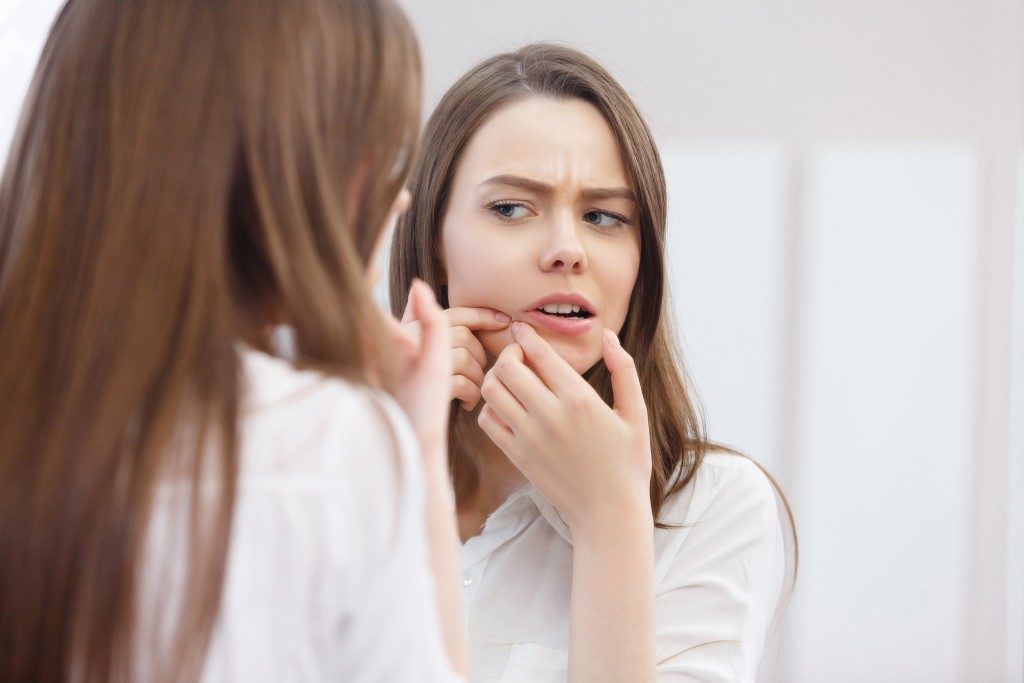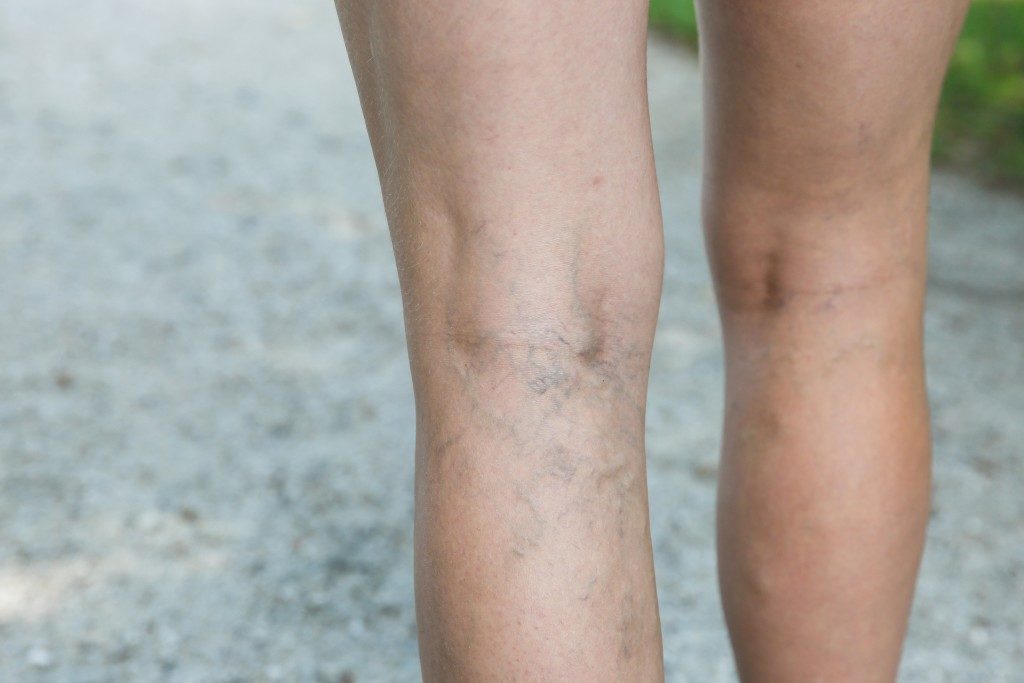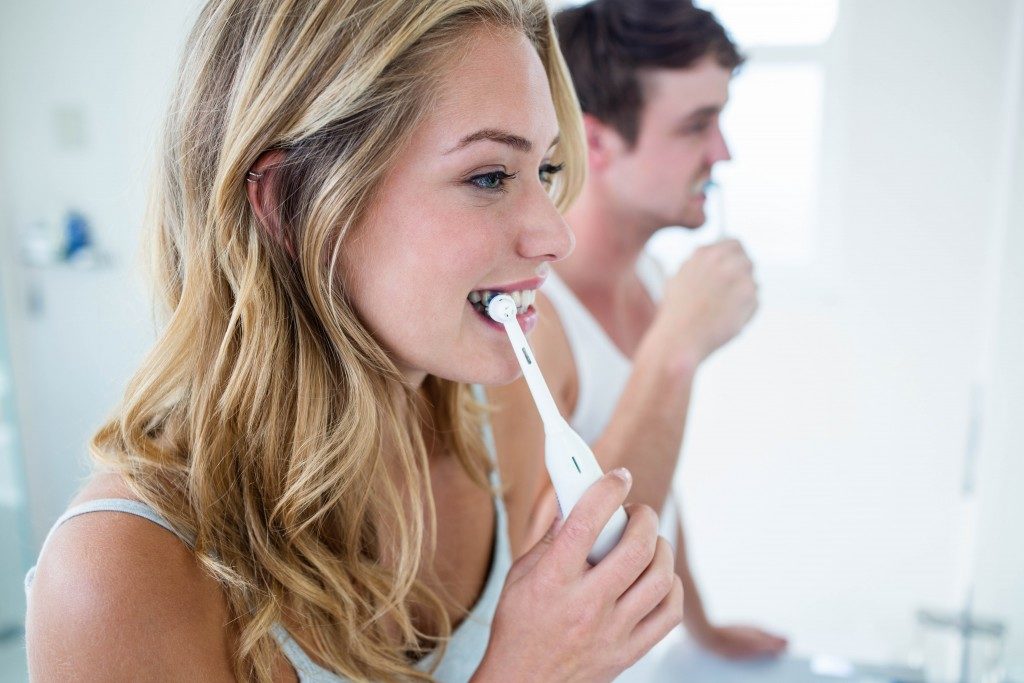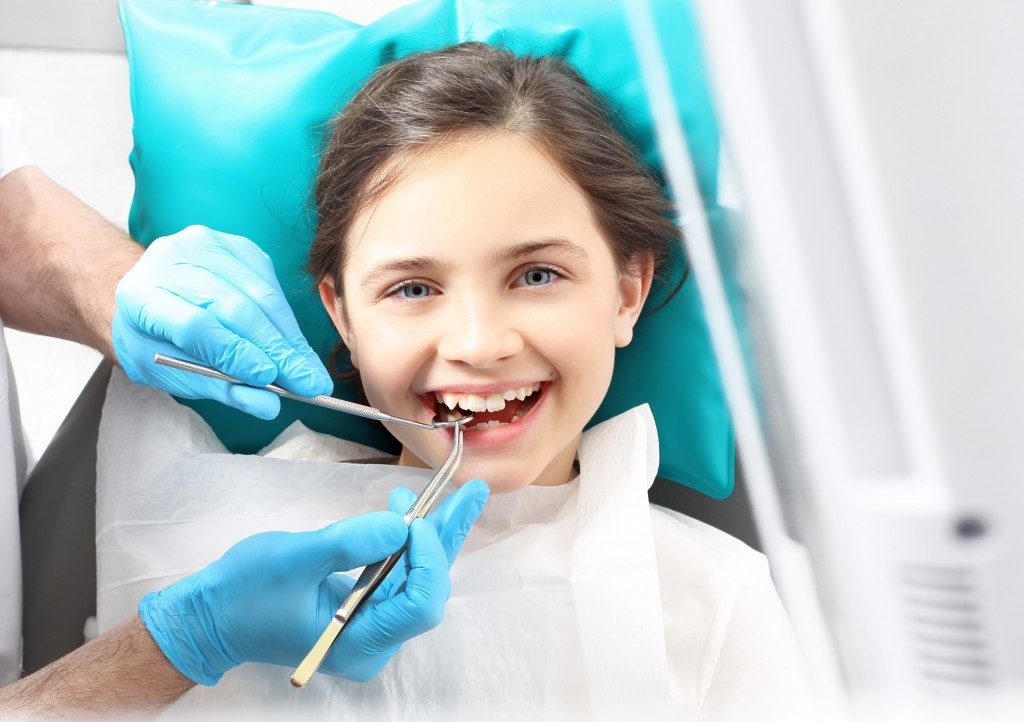Not all people love the idea of change, especially when it comes to skincare routines. Everyone knows well that the first days of a new regimen can be quite unpleasant. Sometimes, people forget one crucial step, messing up the whole routine. Other times, they don’t see the results soon enough that it kind of gets frustrating given the thousands of dollars you cashed out for a single cream.
The one thing that’s most jarring at new skincare routines is the risk of the skin “freaking out.” Redness all over, scaly patches here and there, and pimples everywhere — it’s not just the nasty look you’re worried about, but the uncertainty of what exactly it is. Is it the skin purging, or is it full-on breakout? How do you know what’s normal? When is it justified to hit the panic button?
When it’s Purging
Purging is the skin’s normal reaction to new products. The idea behind it is that when you try new stuff containing active ingredients — for instance, herbal products for the skin, they will expedite cell turnover. Meaning, the stuff that blocks your pores, such as debris, dirt, and bacteria, go to the surface. In the process, you get those red, bulgy bumps.
Purging lasts for about 2 weeks. Sometimes, it can stretch to a month. The affected areas are also the same ones that are hit when you have a breakout. It should show signs of improvements, nonetheless. For instance, your skin becomes less red or irritated over time. As the new skin emerges and the pores are a clean slate, the “break out” will be gone. All you’ll see is a glowing, smooth-looking skin, which is what the product promised.
The common active ingredients that cause the purging effect are exfoliating acids, such as glycolic acid, lactic acid, salicylic acid, and retinoid or retinols. You’ll experience this more on chemical exfoliants (like serums or toners) than on physical ones (like scrubs or masks). That’s because the former goes to the deepest layers of skin and pores. Moreover, you tend to use them every day, not like the twice-a-week masks and scrubs.
When it’s a Breakout

You should hit the panic button, or more accurately, the stop button, when you see certain characteristics in the flare-ups. For instance, a scaly and rough texture on the skin doesn’t indicate a purge. So does dry patches and swollen skin. These are signs of irritation. If you notice an “orange-peel-skin” and enlarged pores, this is your skin having an adverse reaction to the chemicals. Pimples that are large and painful and don’t subside after two weeks also point to a breakout, and not a purge. All these symptoms should make you stop using products immediately.
There’s a way to avoid breakout, though. It starts with knowing which formulation suits your skin. The only way you can do that is to be familiar with your skin type as well as the ingredients on the products you’re about to buy. Take a good look at the label and compare its chemical components to those that are in the products that already worked for you before. Of course, you can also consult your dermatologist for this. They should be able to coach you which substances you should be looking for and avoiding in beauty items.
It’s scary to try a different skincare regimen, but sometimes it’s necessary. When your current one isn’t working anymore or you have a different goal already. What you just need to do is to know the difference between purging and breakouts, so you can act properly whichever is the case. All the best on your new routine!




